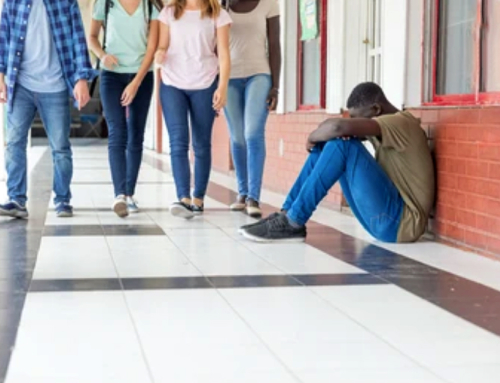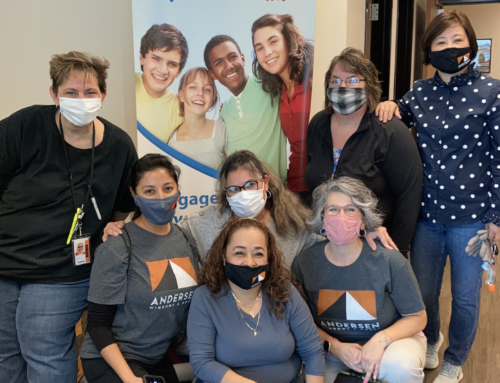COVID-19 Pandemic Impacts Youth, Graduation Rates
The COVID-19 pandemic sent Americans and others around the world into lockdown and changed the way many of us work, spend time with family, and live of our lives. While these changes were hard for all of us, youth without stable housing were among the hardest hit during the pandemic. Although many of the long-term effects of lockdowns and virtual schooling won’t be known for years to come, recent data indicates the tremendous struggles facing young people nationwide and in Arizona.
Young adults across the U.S. reported high levels of housing and food insecurity during the pandemic:
- About 3.8 million had little to no confidence in their (or their household’s) ability to pay the next month’s rent.
• Among respondents in single adult renting households, Hispanic young adults were about twice as likely, and Black young adults almost three times as likely, as White young adults to have little or no confidence in their ability to pay next month’s rent. - About 4.9 million young adults have had too little to eat at a given time during the pandemic.
• Black young adults reported food insecurity at about twice the rate of their White peers. - More than half (54%) of young adults reported symptoms indicative of anxiety or depression during the pandemic. [1]
The hardships that accompany housing and food insecurity led to a drastic drop in enrollment among youth experiencing homelessness. Without a stable place to live, youth had increased difficulty accessing online learning (especially if they lacked a computer or Wi-Fi). The Arizona Department of Education reported enrollment of homeless youth decreased by approximately 35% in the 2020-2021 school year. This decreased enrollment is projected to greatly affect graduation rates for youth experiencing homelessness.
According to recent data from Great Public Schools Now, graduation rates are already falling due to the pandemic. If high school students are not supported to catch up quickly, 43% of the class of 2022, 37% of the class of 2023, and 30% of the class of 2024 will not graduate. This study indicates that over the next four years, tens of thousands of youth are at risk and could potentially not earn their high school diploma. This widespread learning loss disproportionately impacts Black, Latino, low-income students, English learners, students with disabilities, foster youth, and students experiencing homelessness.[2]
This data appears alongside many other recent reports indicating the extreme negative effects the pandemic had on youth experiencing homelessness. In response to these concerning reports, HYC is responding to better support youth experiencing homelessness to stay on track and graduate. In 2021, HYC launched an outreach initiative intended to identify and engage homeless youth who had dropped out of school. HYC youth coaches have worked tirelessly to locate missing youth throughout the Valley, connecting them with needed resources and helping them reenroll in school. As of May 1, 2021, HYC confirmed that 75% of these youth were in safe and stable housing, enrolled in high school, or were reconnected with HYC staff to receive services. Although schools are open for in-person learning and shifting toward recovery from the pandemic, HYC plans to continue applying these expanded and enhanced outreach strategies to best support youth experiencing homelessness affected by the pandemic.
[1] Morton, M. & Daniels, G. (2021). Untold stories: Young adult & racial dimensions of COVID-19. Chicago, IL: Chapin Hall at the University of Chicago.
[2] Great Public Schools Now. Educational Recovery Now. Great Public Schools Now, 29 Mar. 2021, https://greatpublicschoolsnow.org/wp-content/uploads/2021/03/EdRecoveryNow_Final_3-29-21.pdf.






